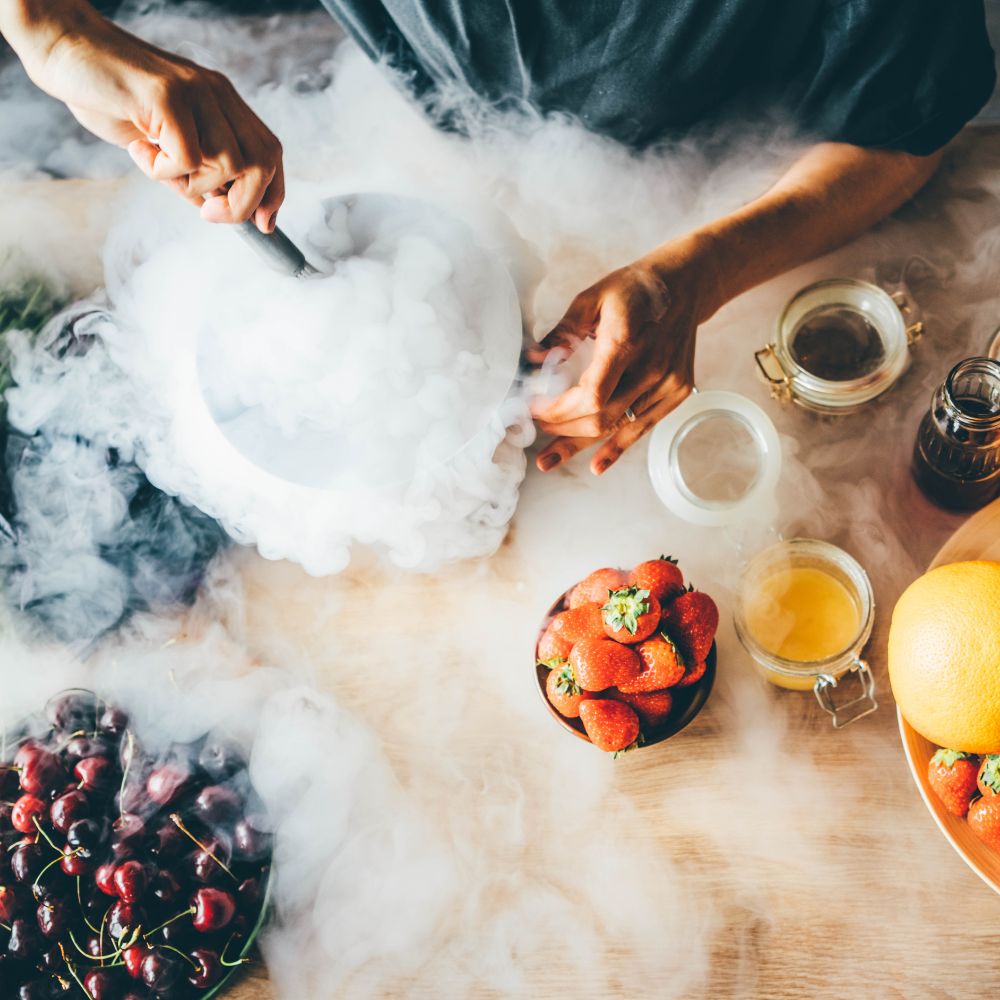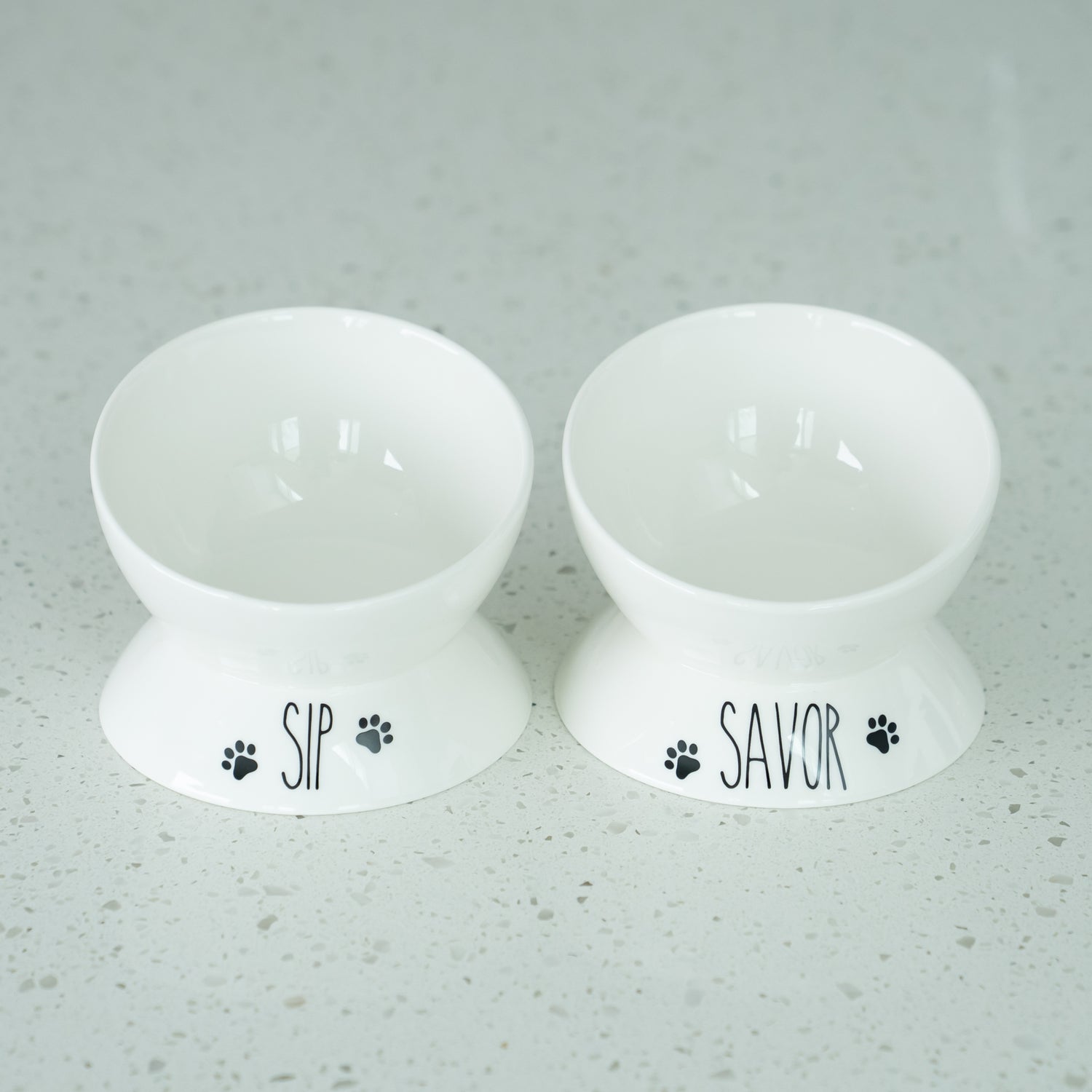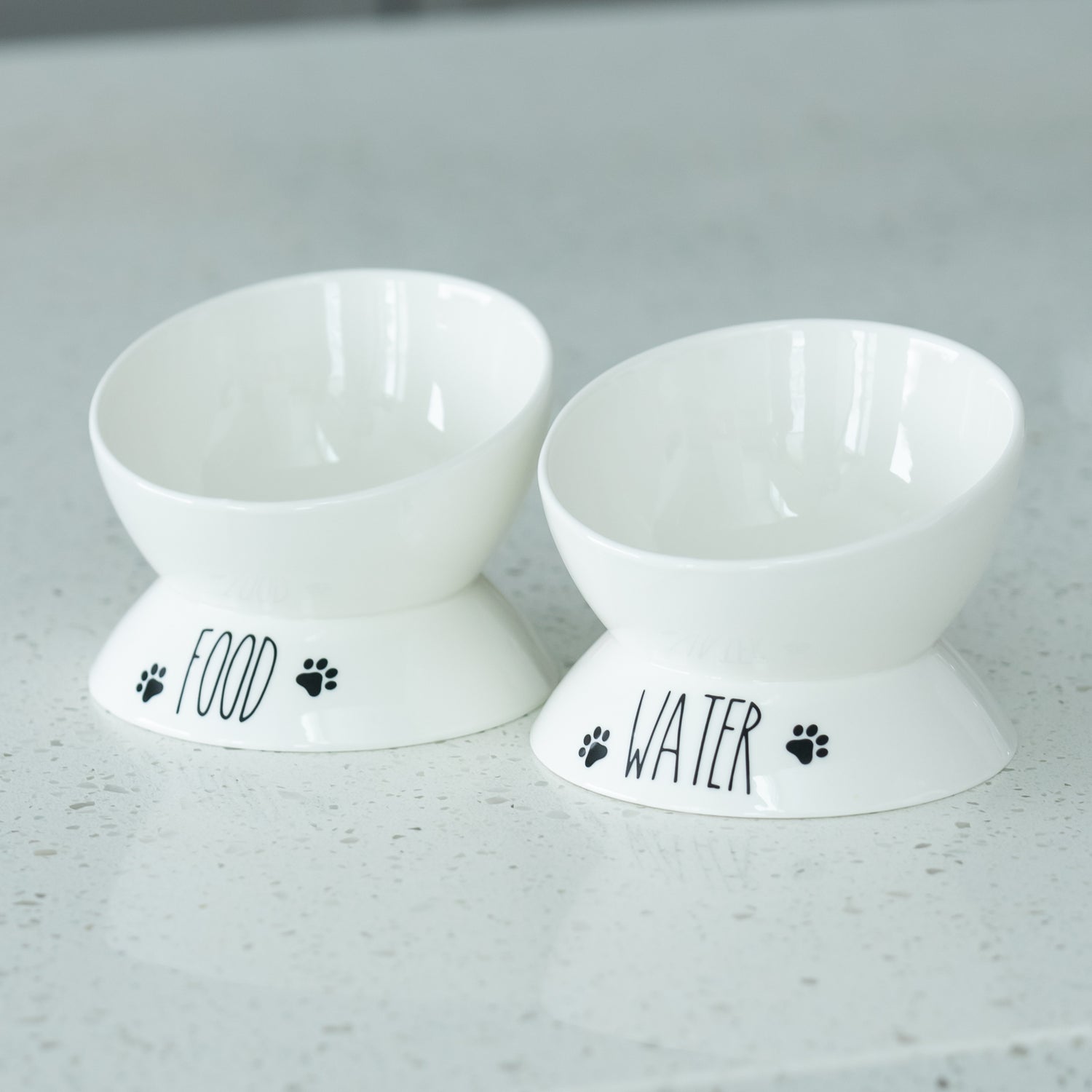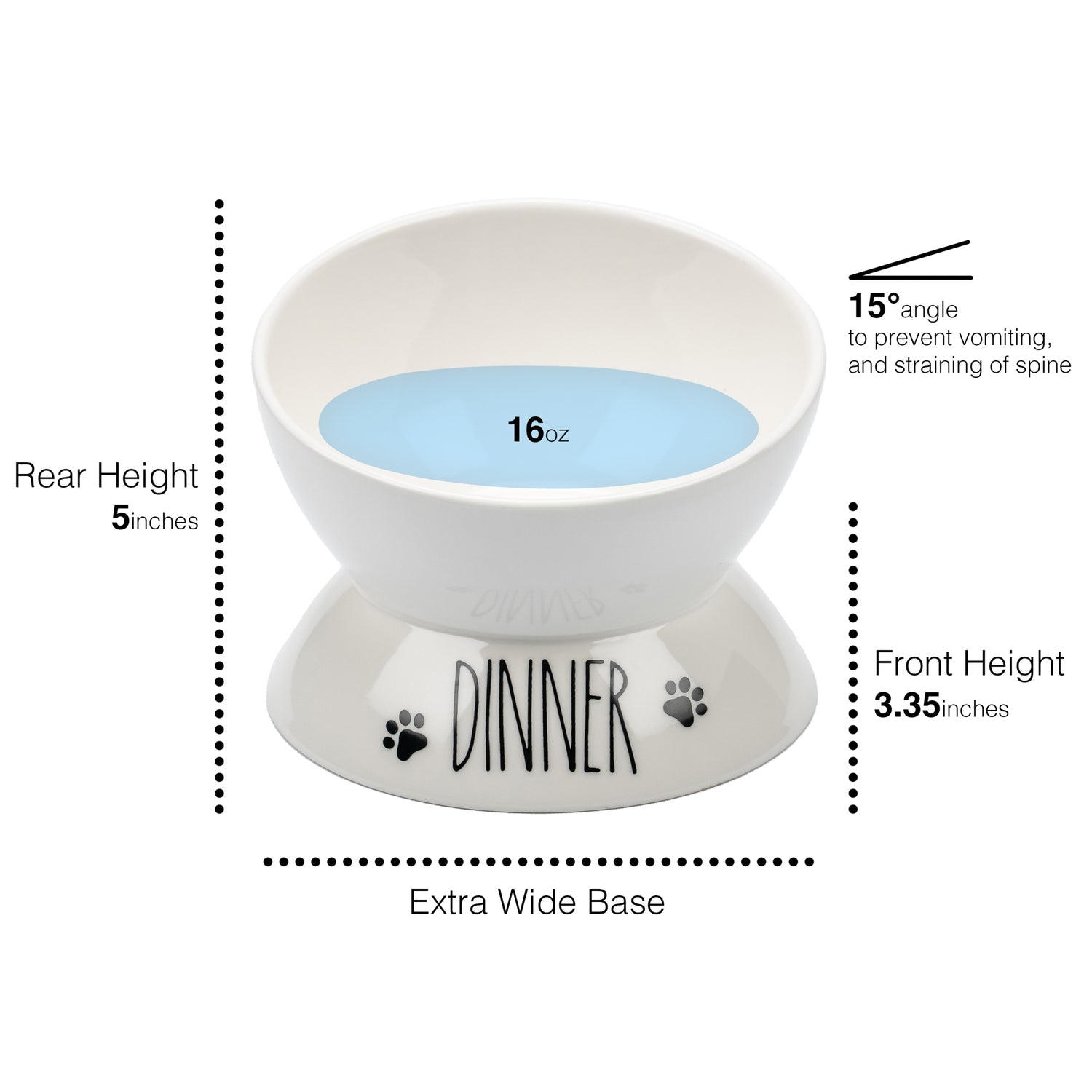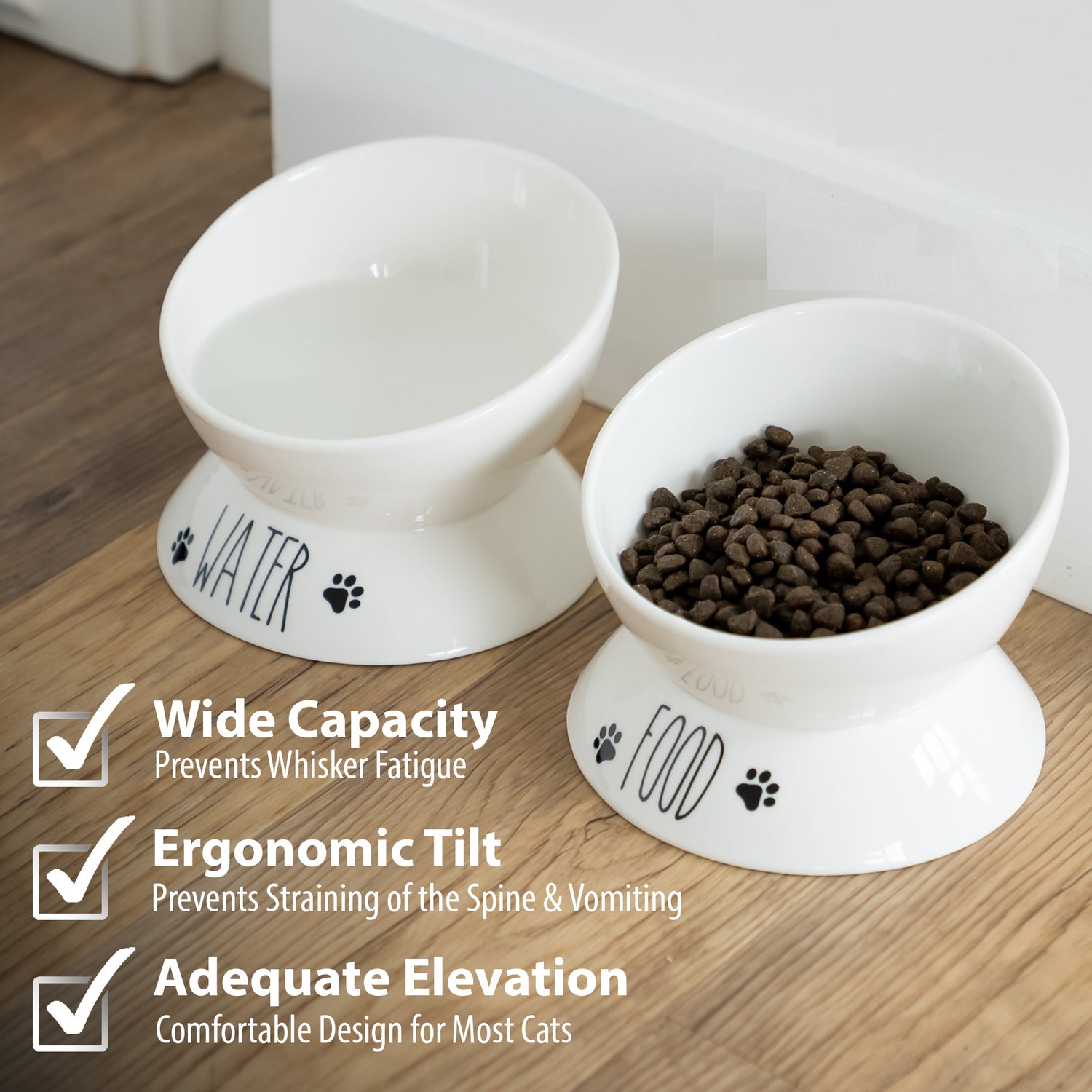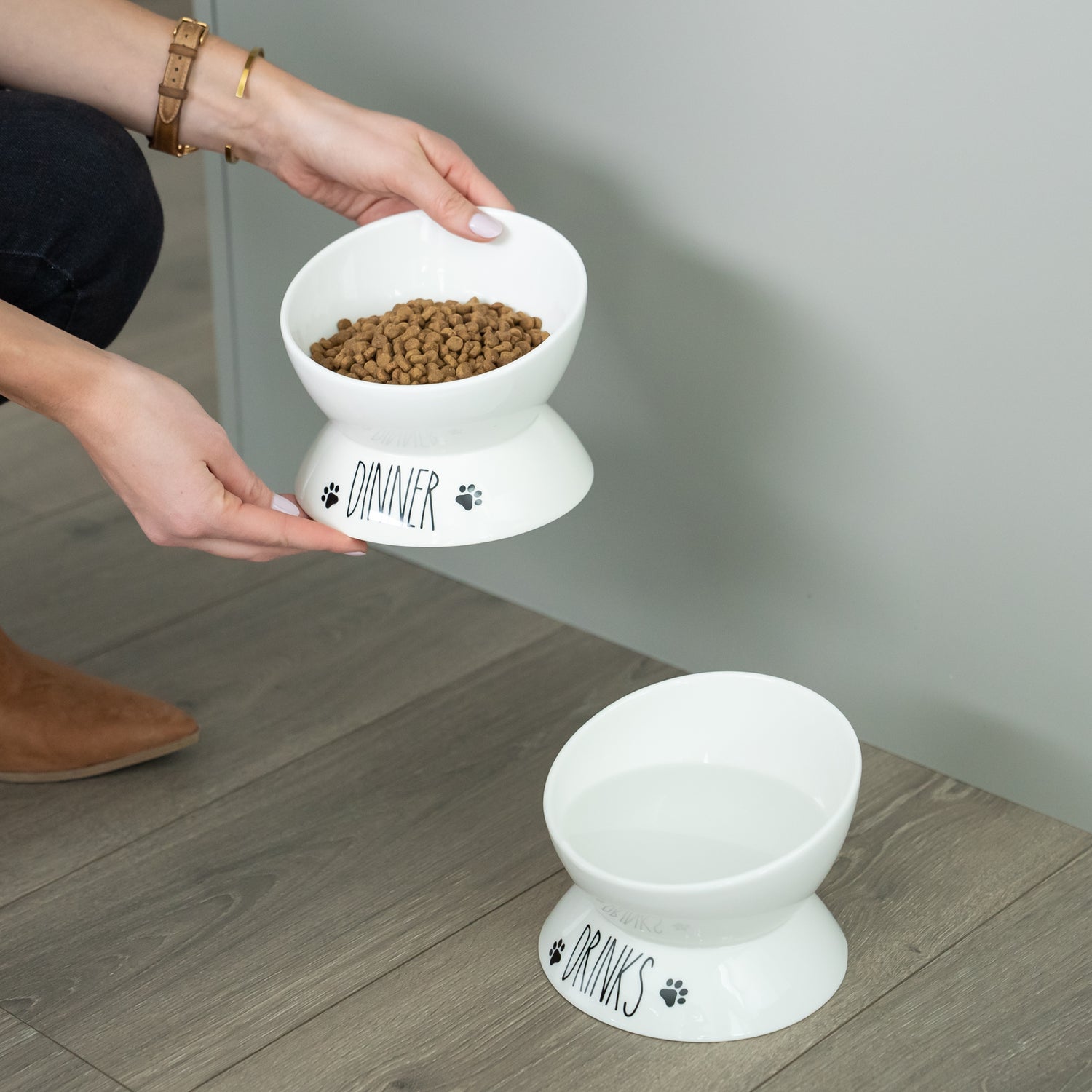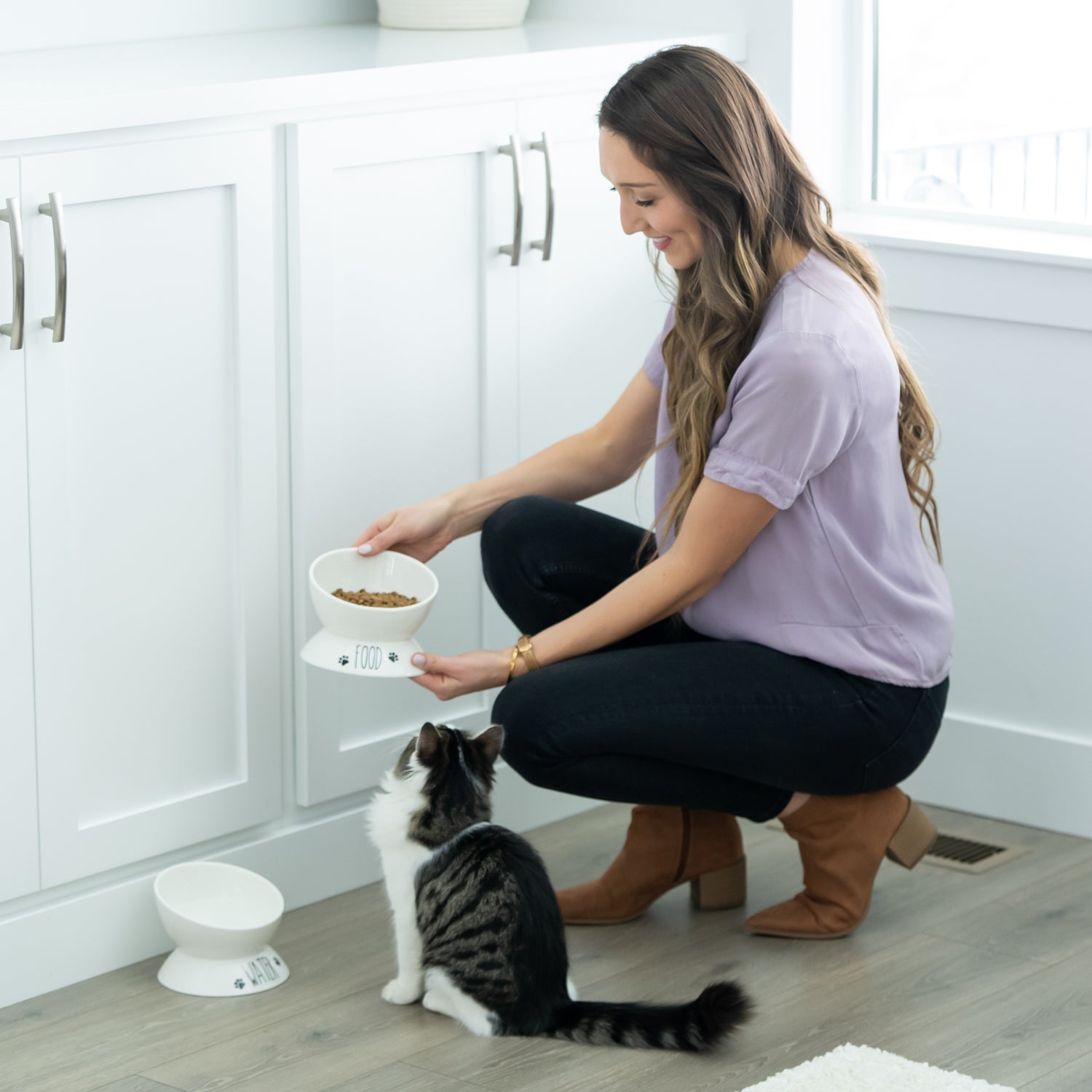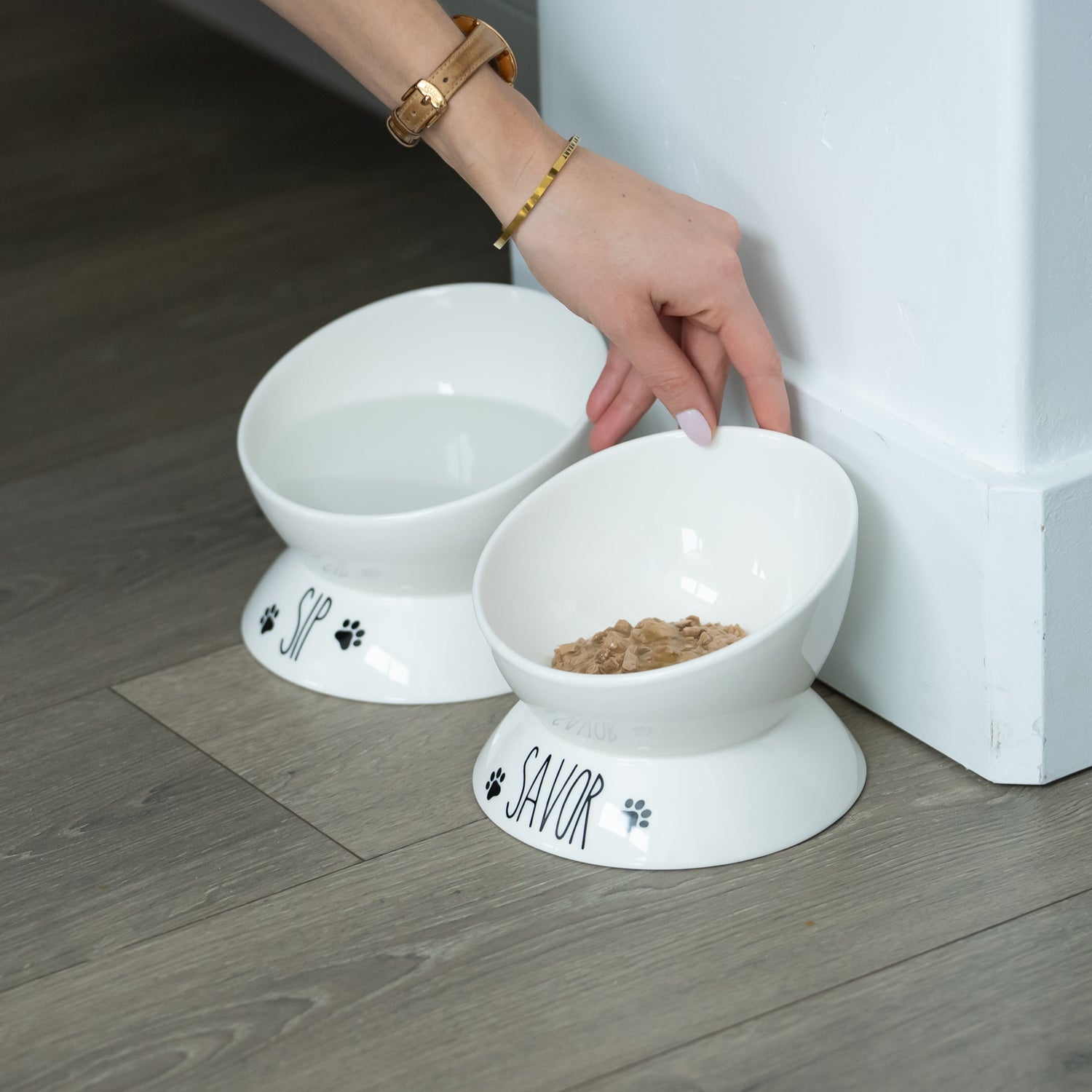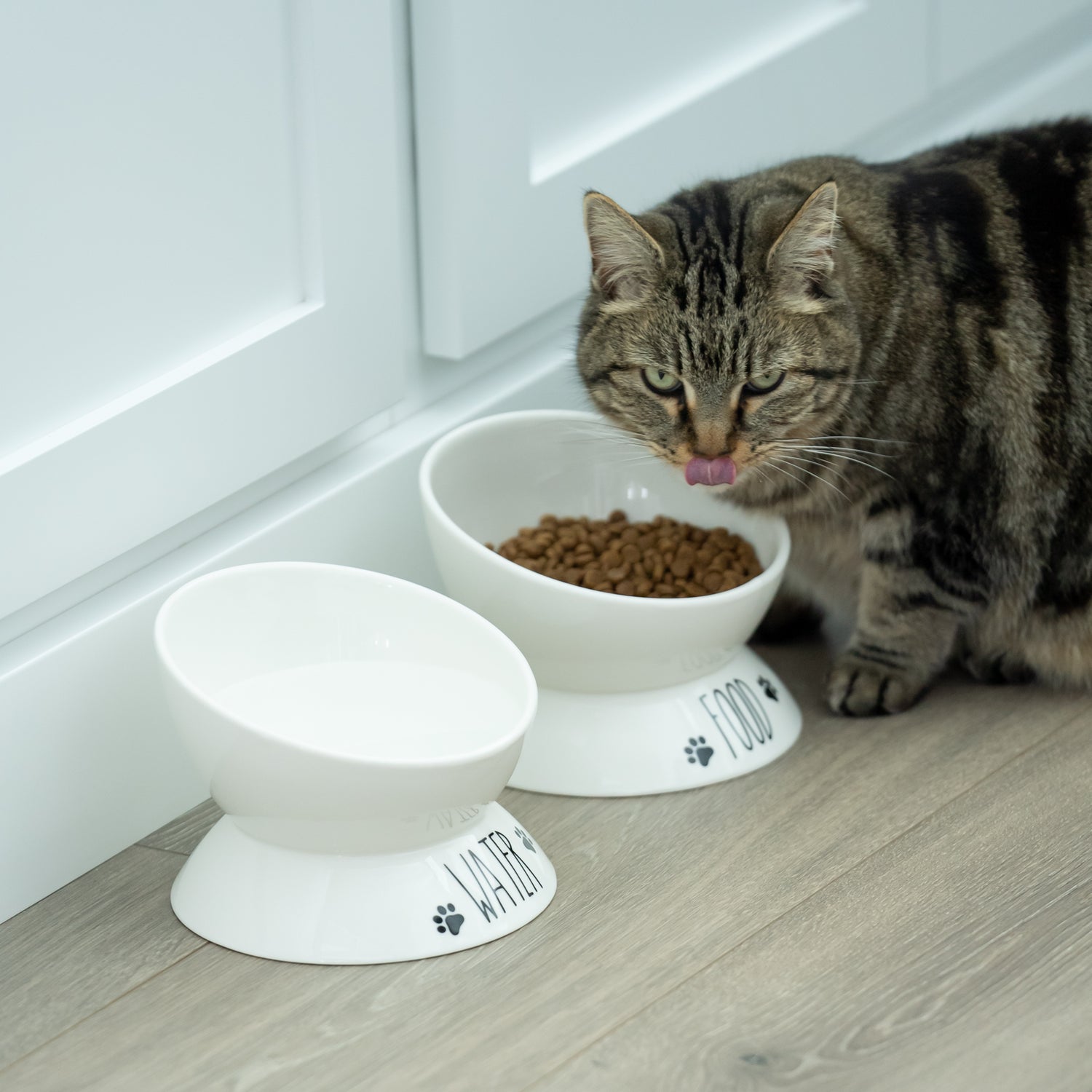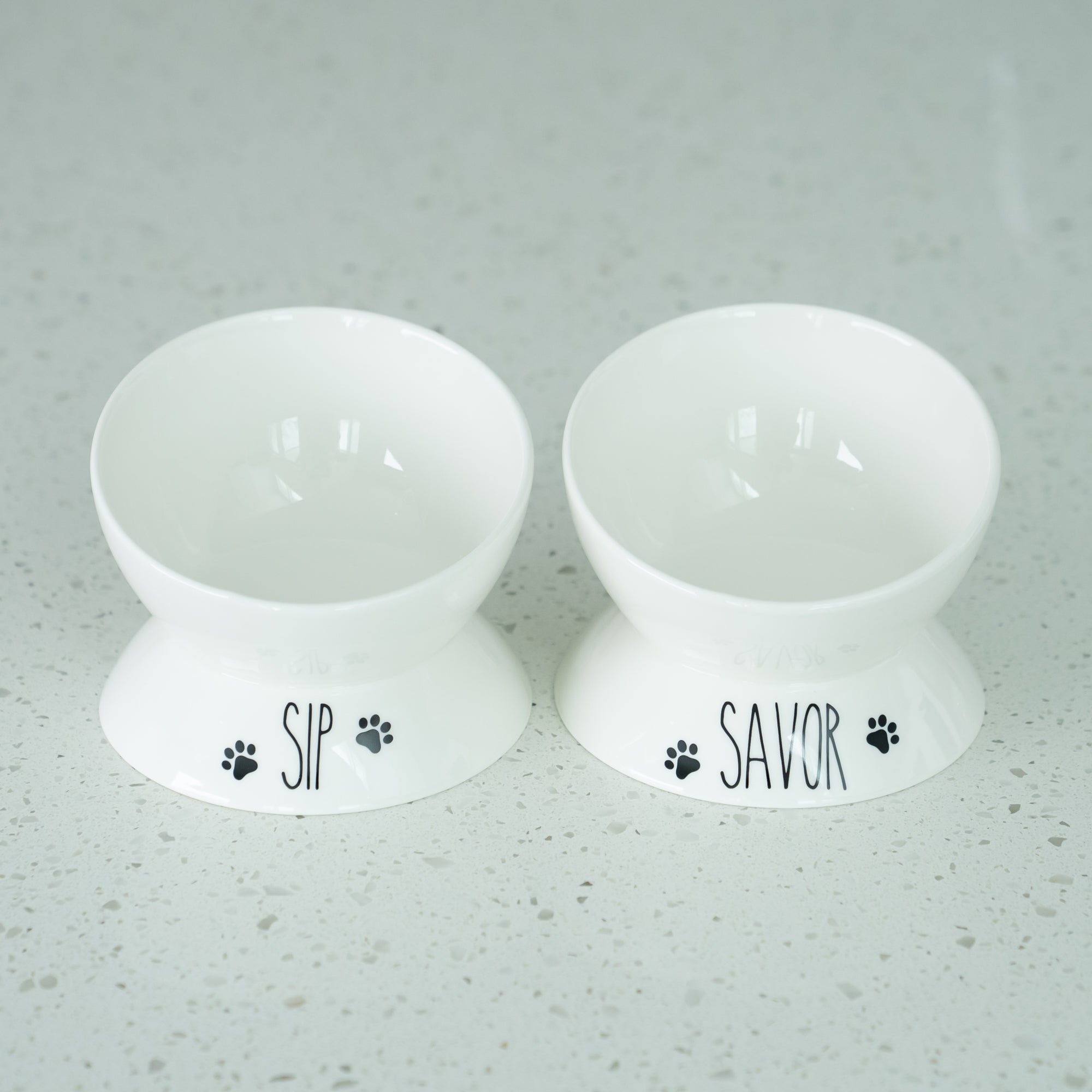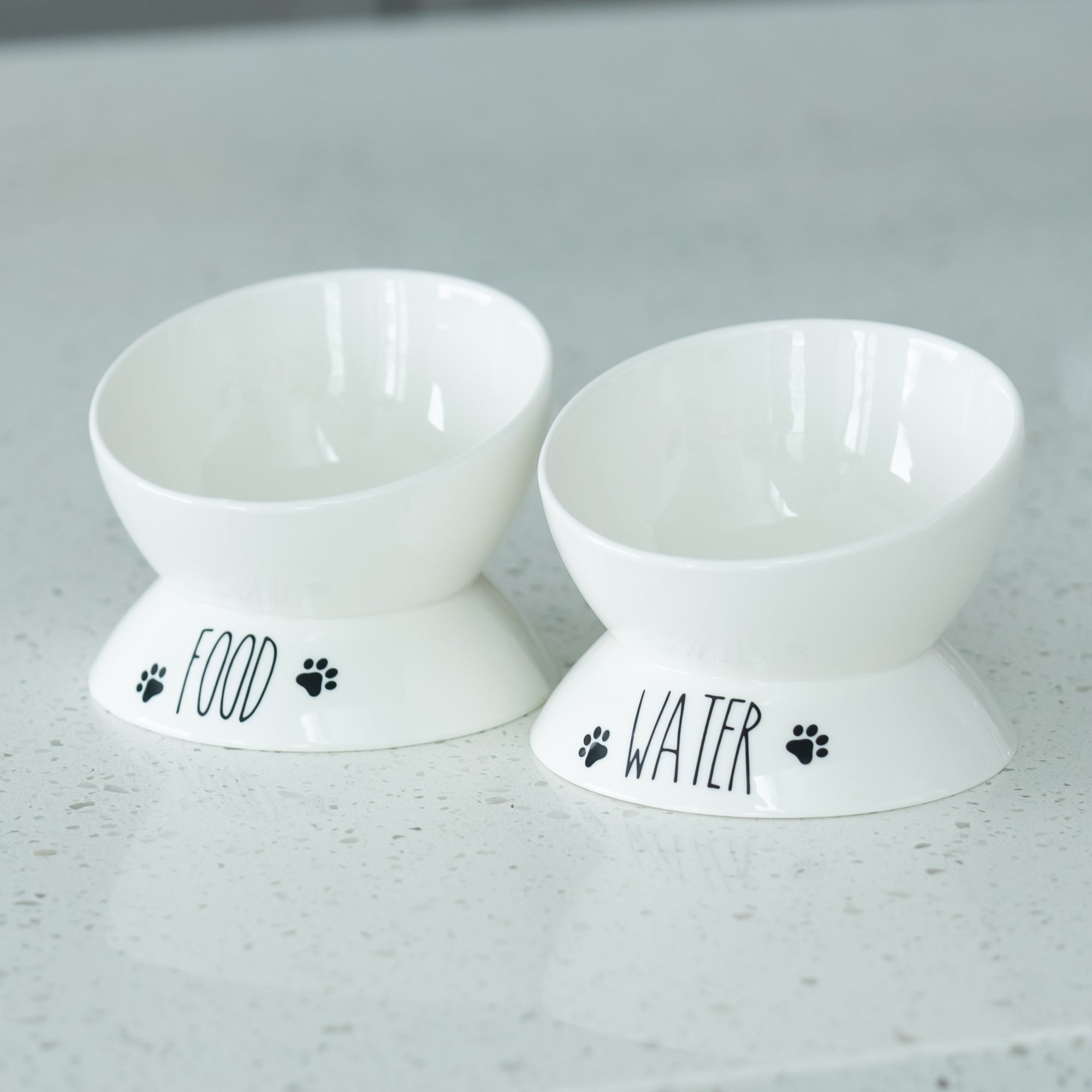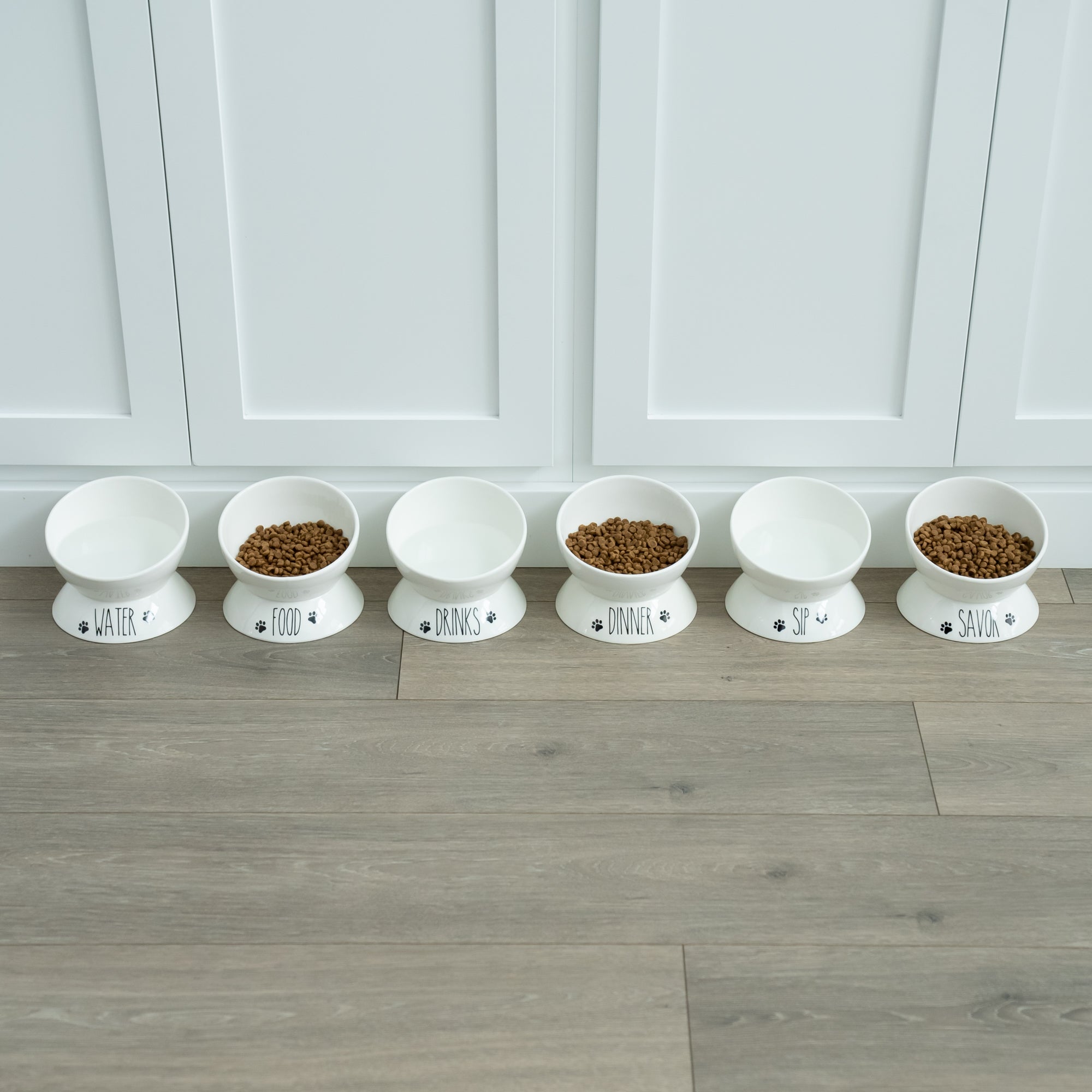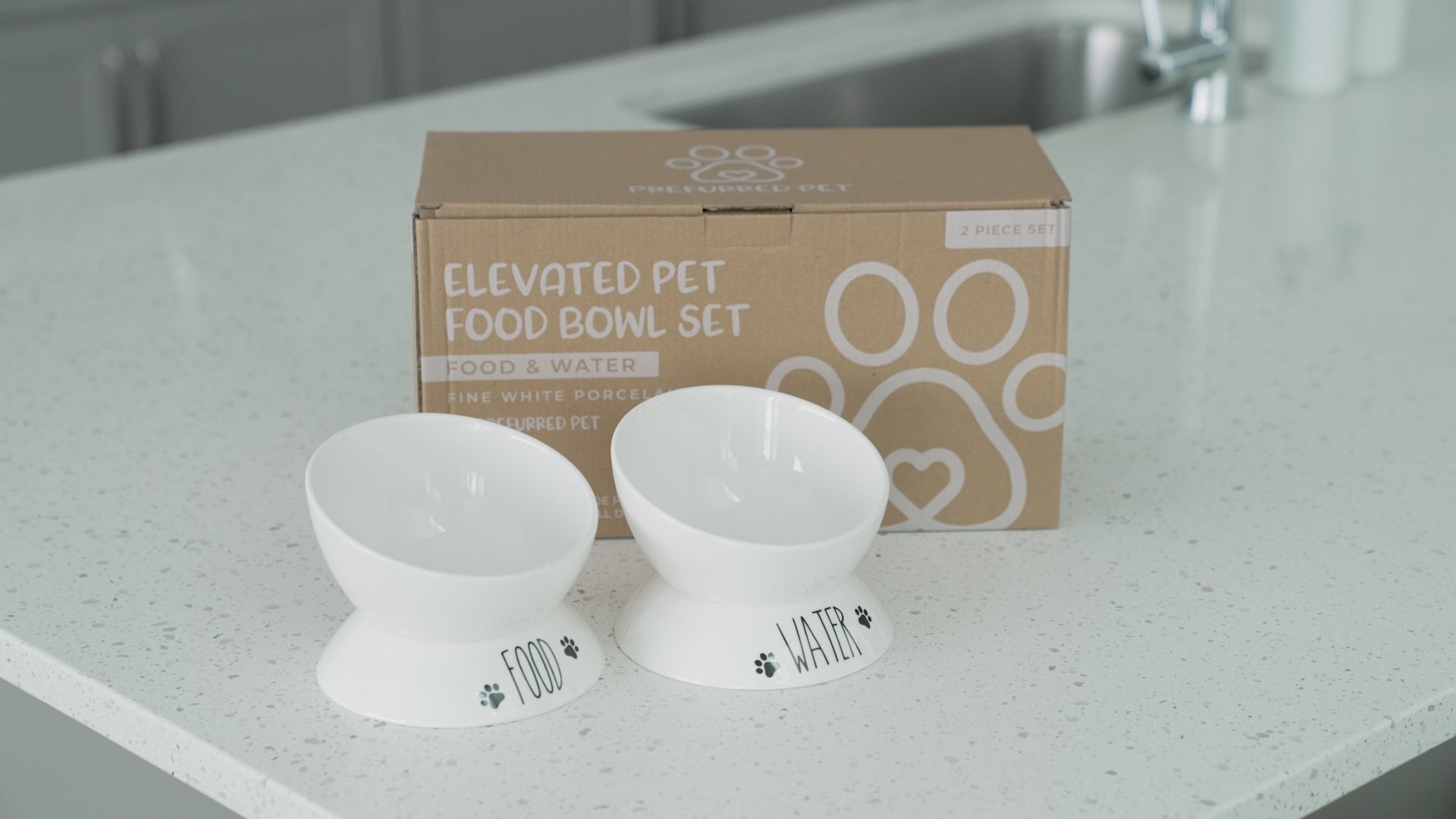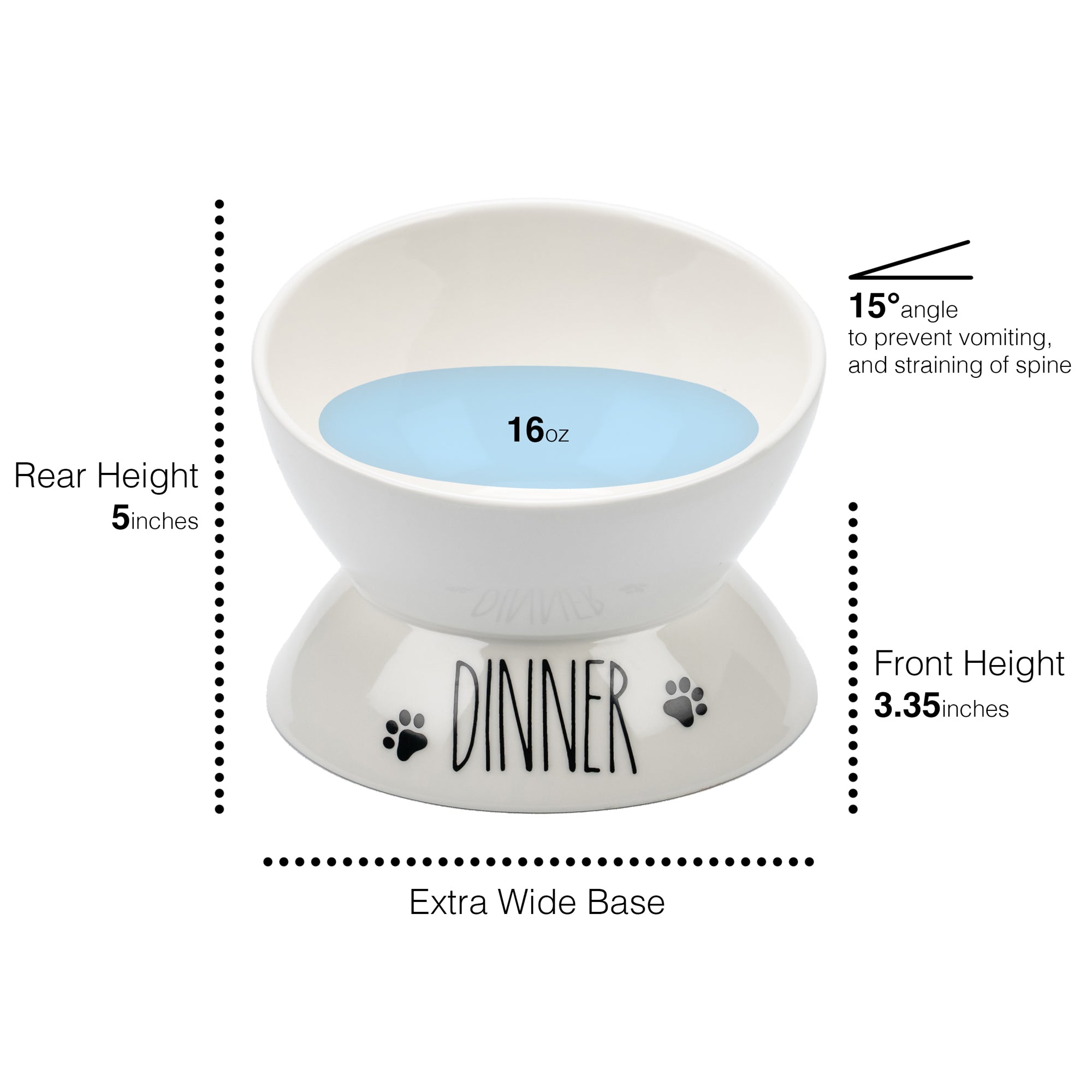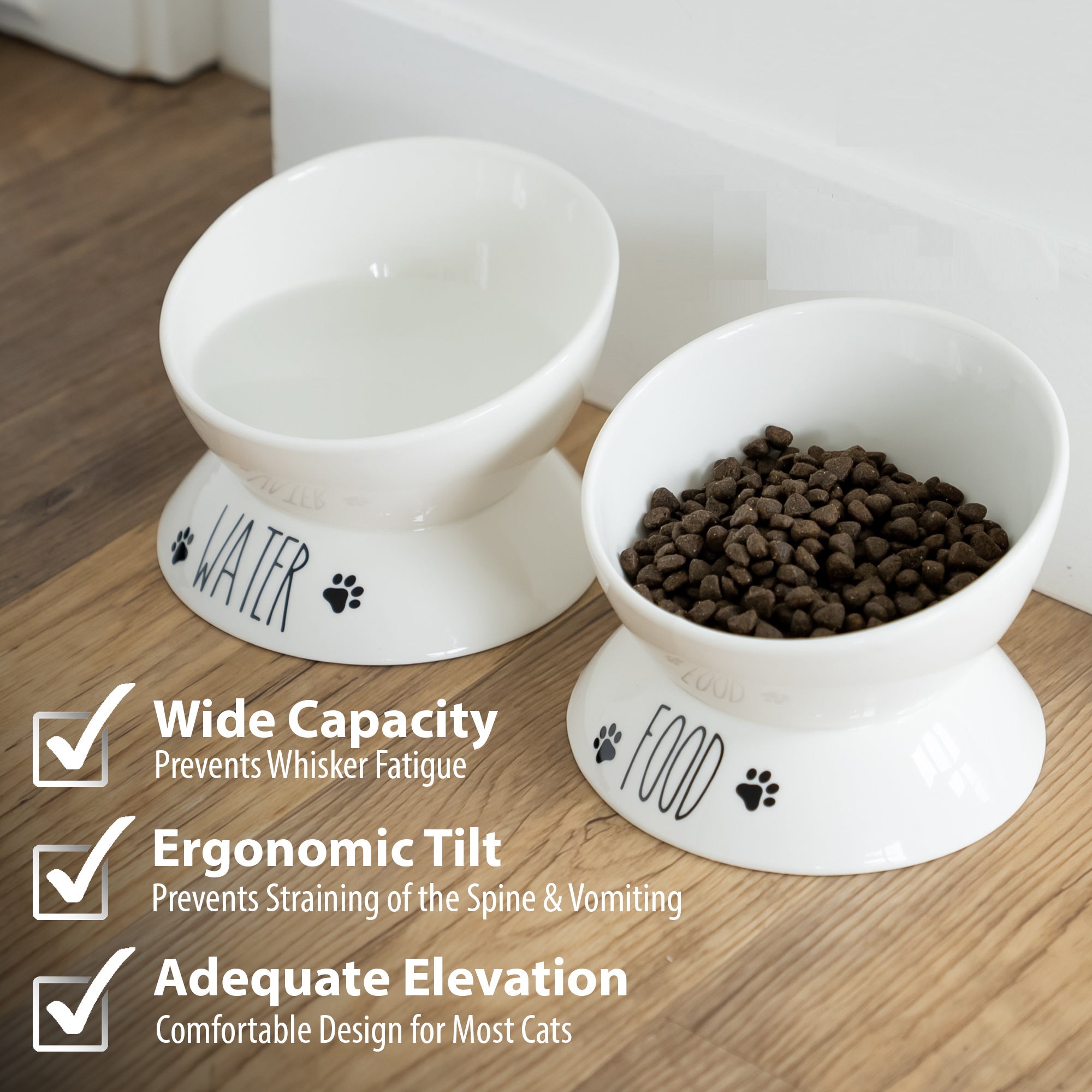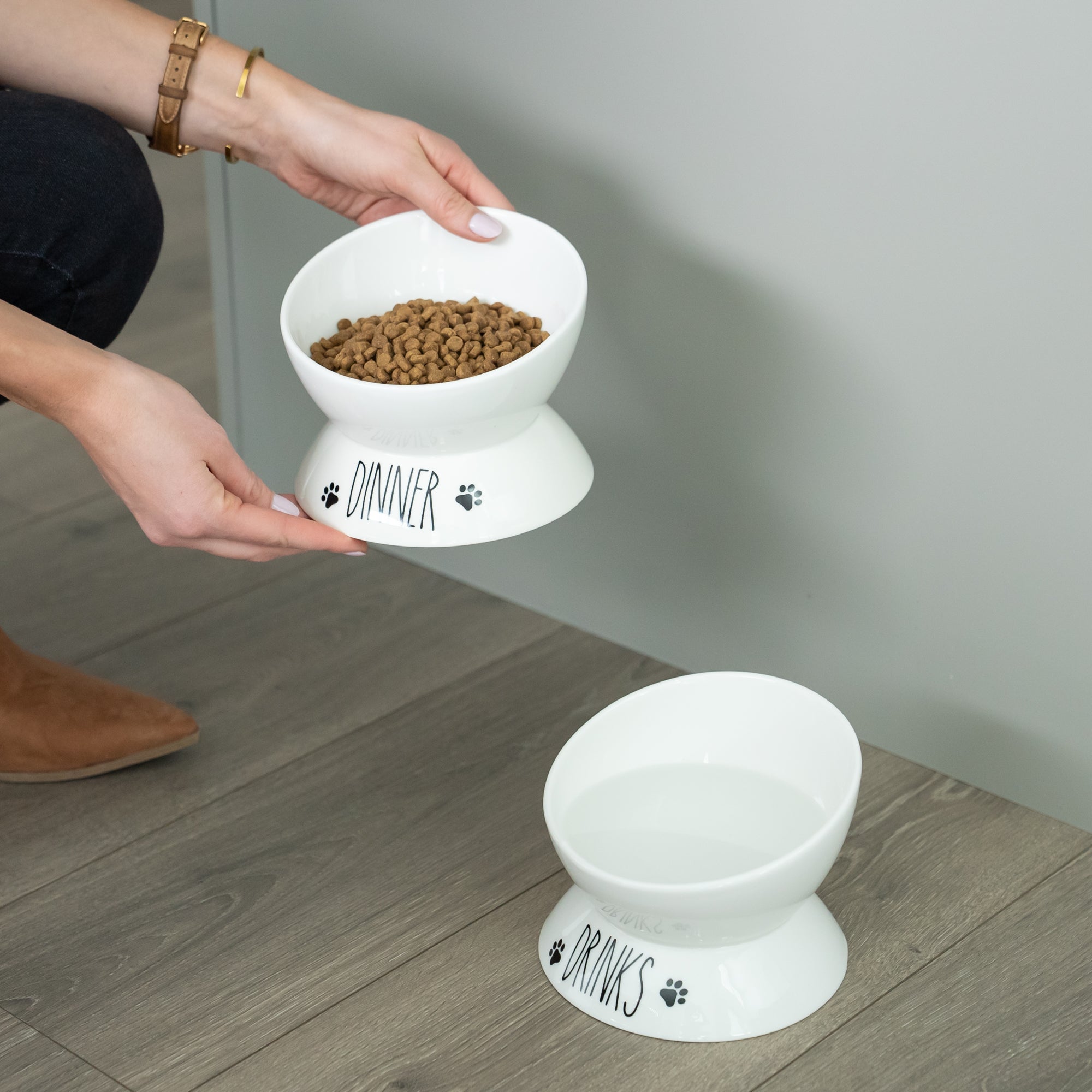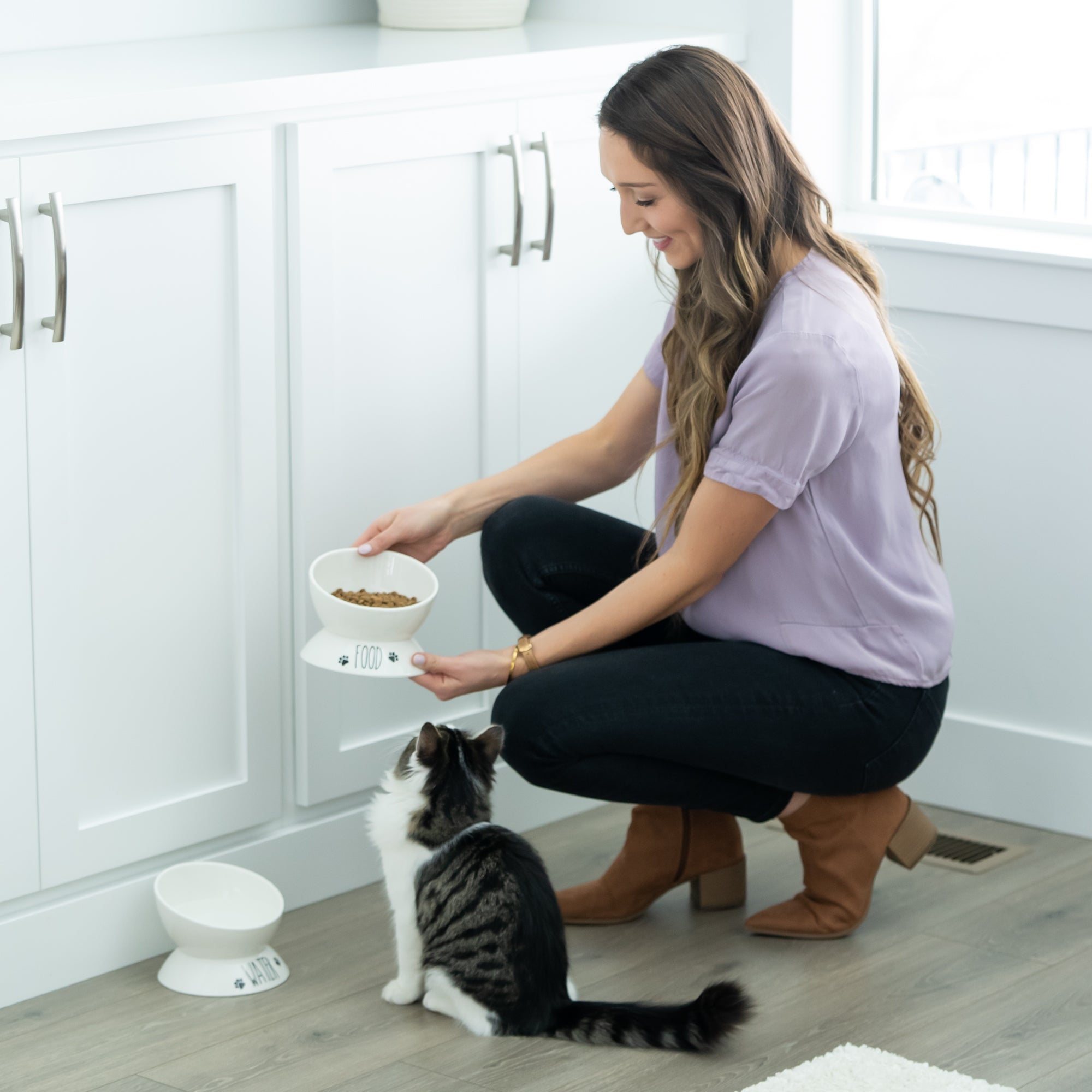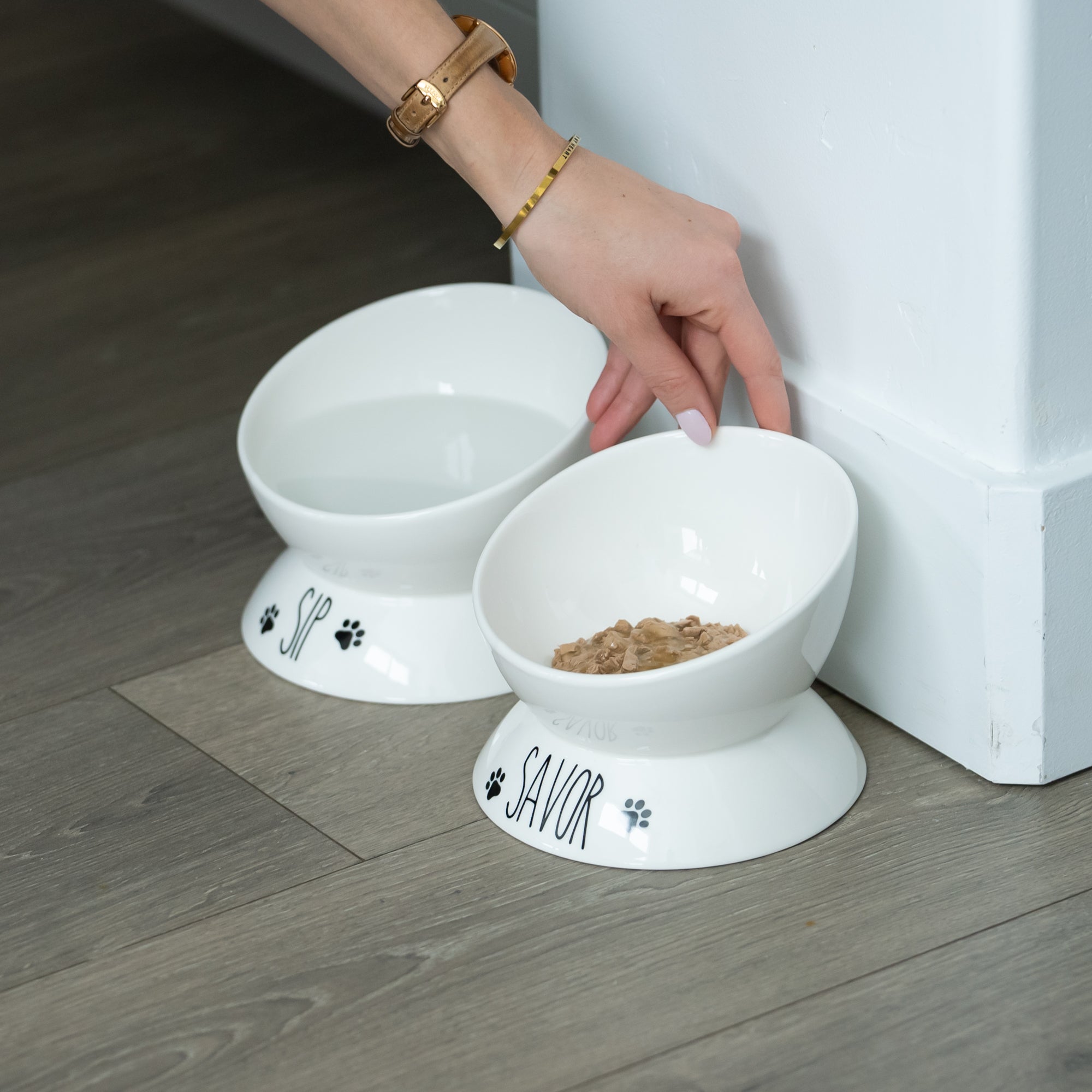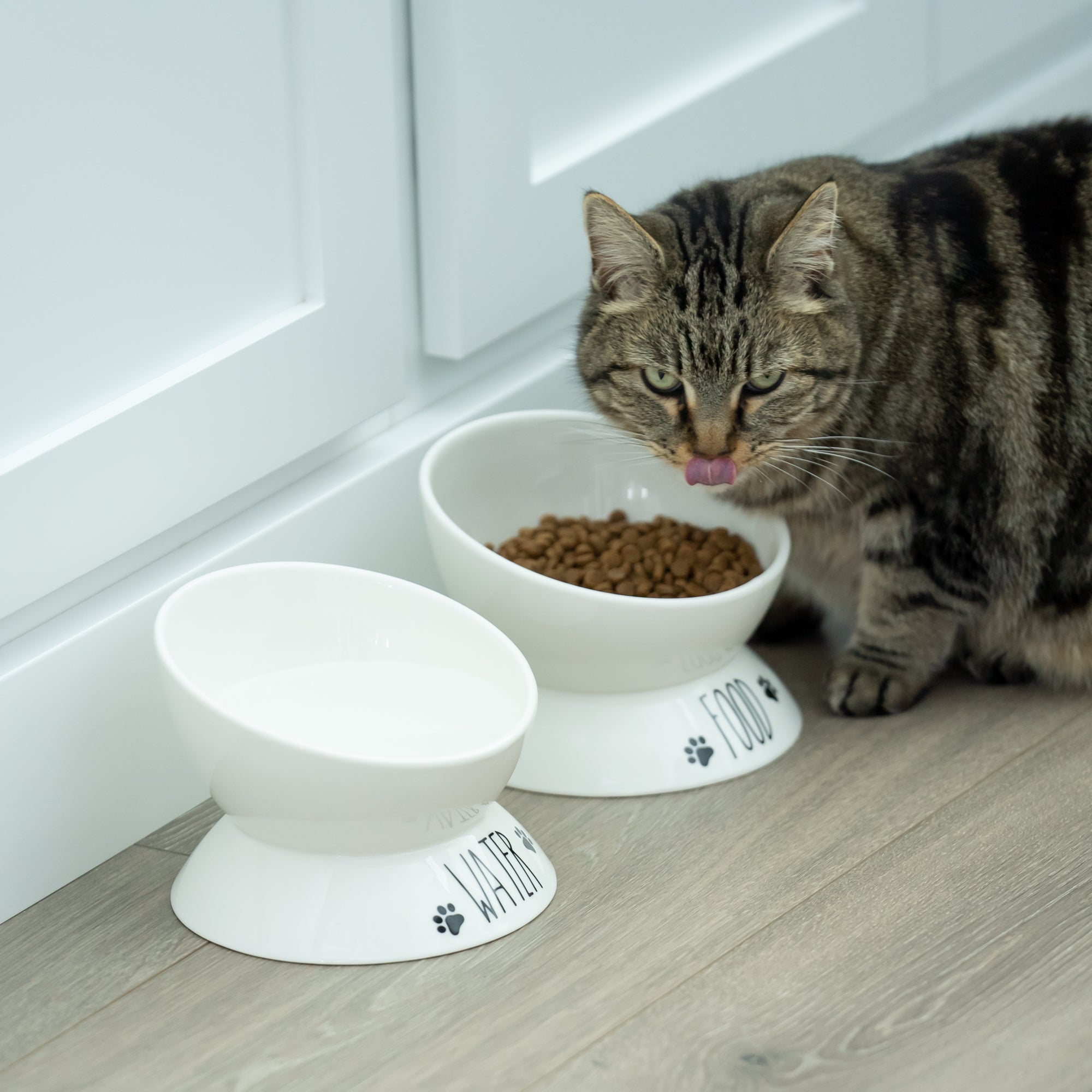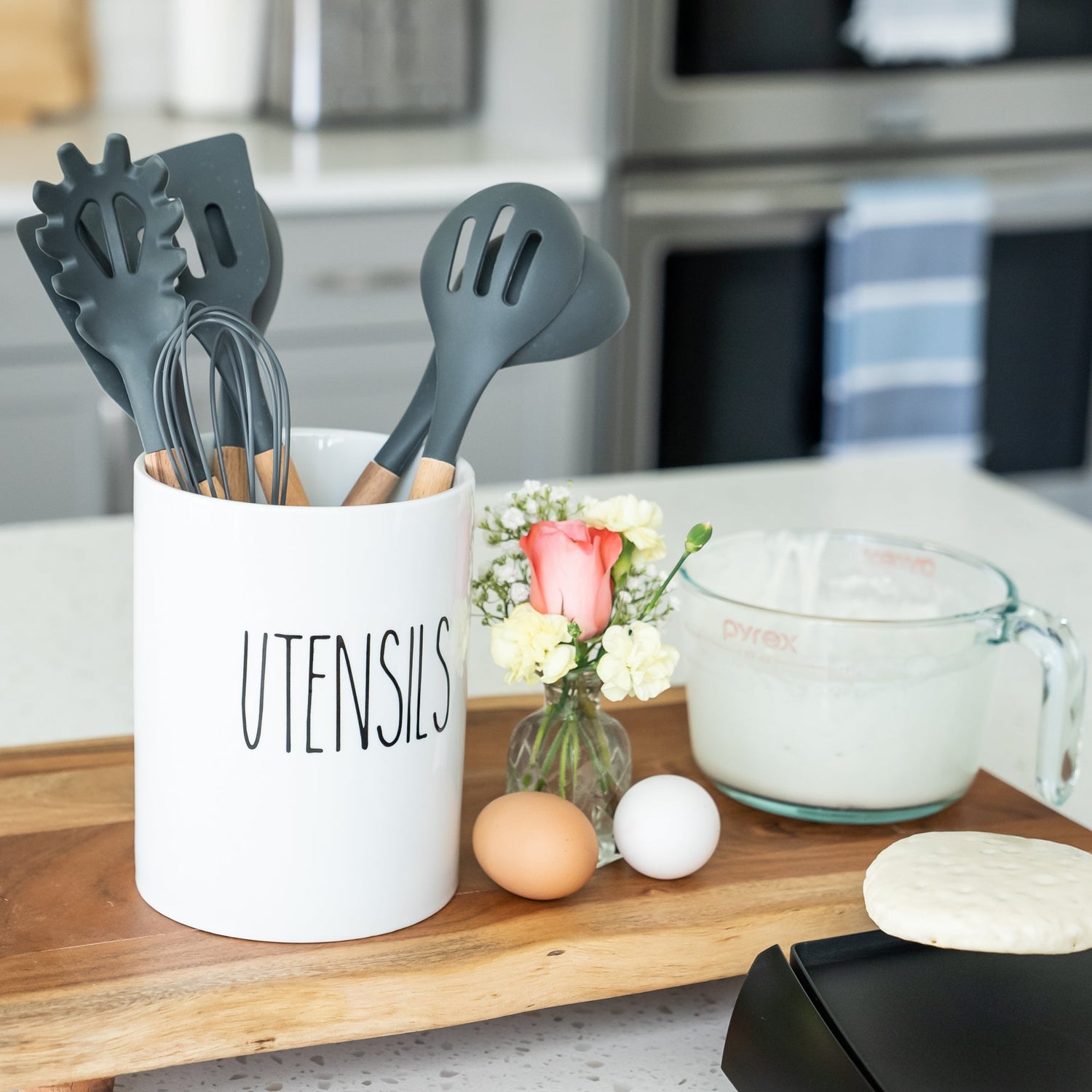Molecular gastronomy is a unique and innovative approach to cooking that has taken the culinary world by storm. This technique uses scientific principles to create new textures, flavors, and presentations that go beyond the traditional boundaries of cooking. In this post, we'll walk you through a molecular gastronomy recipe that's sure to impress your guests and challenge your taste buds.
Liquid Nitrogen Ice Cream
Ingredients:
- 2 cups heavy cream
- 1 cup whole milk
- 3/4 cup granulated sugar
- 1 tablespoon vanilla extract
- Liquid nitrogen
Instructions:
-
In a large saucepan, combine the heavy cream, whole milk, granulated sugar, and vanilla extract.
-
Heat the mixture over medium heat, stirring occasionally, until the sugar has dissolved and the mixture is hot but not boiling.
-
Remove the pan from the heat and let the mixture cool to room temperature.
-
Once the mixture has cooled, pour it into a large mixing bowl and place the bowl in the freezer for 15 minutes to chill.
-
Once the mixture is chilled, remove it from the freezer and pour it into a stand mixer.
-
Using the whisk attachment, whip the mixture on high speed until it becomes thick and creamy.
-
Carefully add liquid nitrogen to the bowl in small amounts, whisking continuously until the mixture becomes a thick ice cream consistency.
-
Serve the liquid nitrogen ice cream immediately in small bowls or glasses, garnished with your choice of toppings, such as fresh berries, chocolate shavings, or caramel sauce.
This recipe for liquid nitrogen ice cream is a fun and unique way to explore the world of molecular gastronomy. The use of liquid nitrogen allows for a rapid freezing of the ice cream mixture, resulting in small ice crystals and a smooth and creamy texture. The process of adding the liquid nitrogen also creates a dramatic visual effect, making it a fun and engaging experience for guests. Whether you're hosting a dinner party or just looking to experiment with new cooking techniques, this molecular gastronomy recipe is sure to impress.


